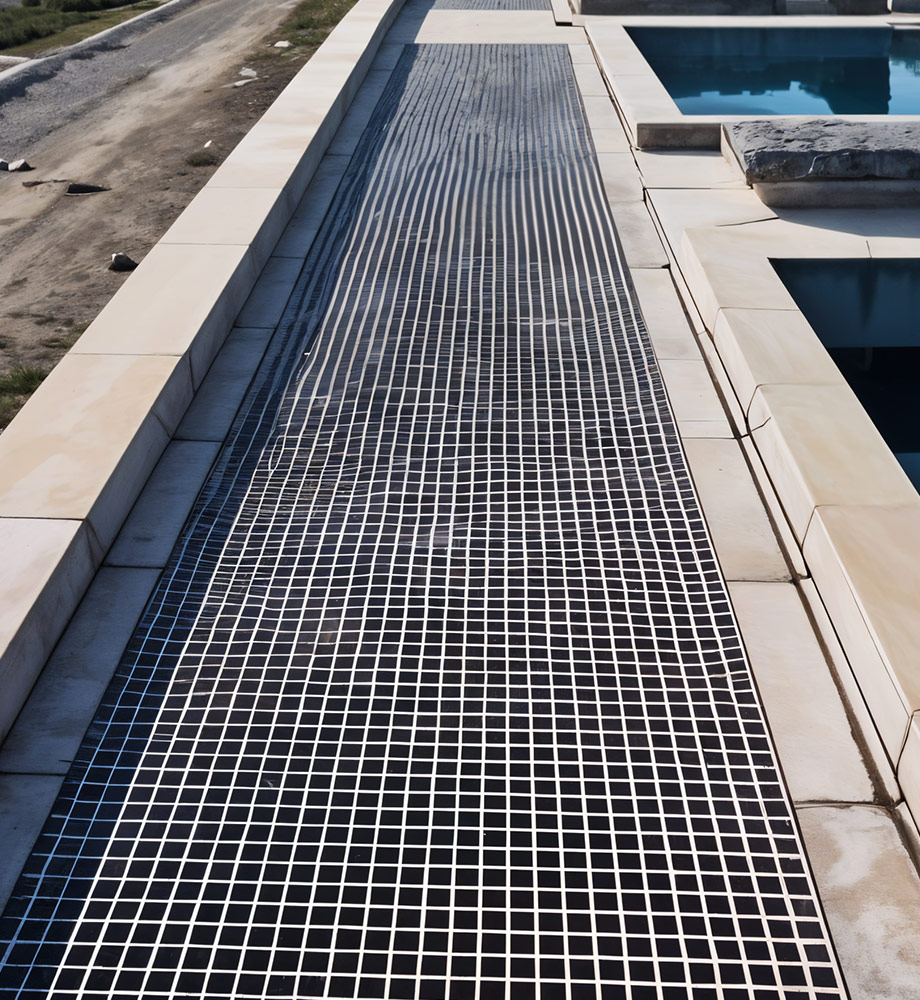Key Features
- Recessed or flush covers that sit atop frames; typically reinforced to handle pedestrian or light vehicle loads; optional hinge systems. Incorporate grit or painted slip surfaces.
Benefits
- Dramatically lighter than concrete or steel lids (workers can lift them without heavy equipment). Corrosion-proof with long life. No concern about electrical shocks. Tight tolerances for covering uneven frames.
Applications
- Utility trenches (water, sewer, electrical), shallow pits at manufacturing lines, oil change pits, and pedestrian walkover areas. Often used in parking structures (to cover cable runs) and industrial floors (to cover drainage trenches).
Technical Specifications
- Typical thickness 8–12mm for FRP, designed to support 250–500 psi or specific wheel loads (ASTM F276) for traffic covers. Can be manufactured to meet ADA grate load/width standards. Fire classification can be UL94 V0 if required.
Unique Selling Points (USPs)
- Compared to metal covers, FRP covers do not rust-out welds over time. Compared to steel plate, they provide inherent traction without separate mats. FRP covers also eliminate noise (no clang when walked on).

